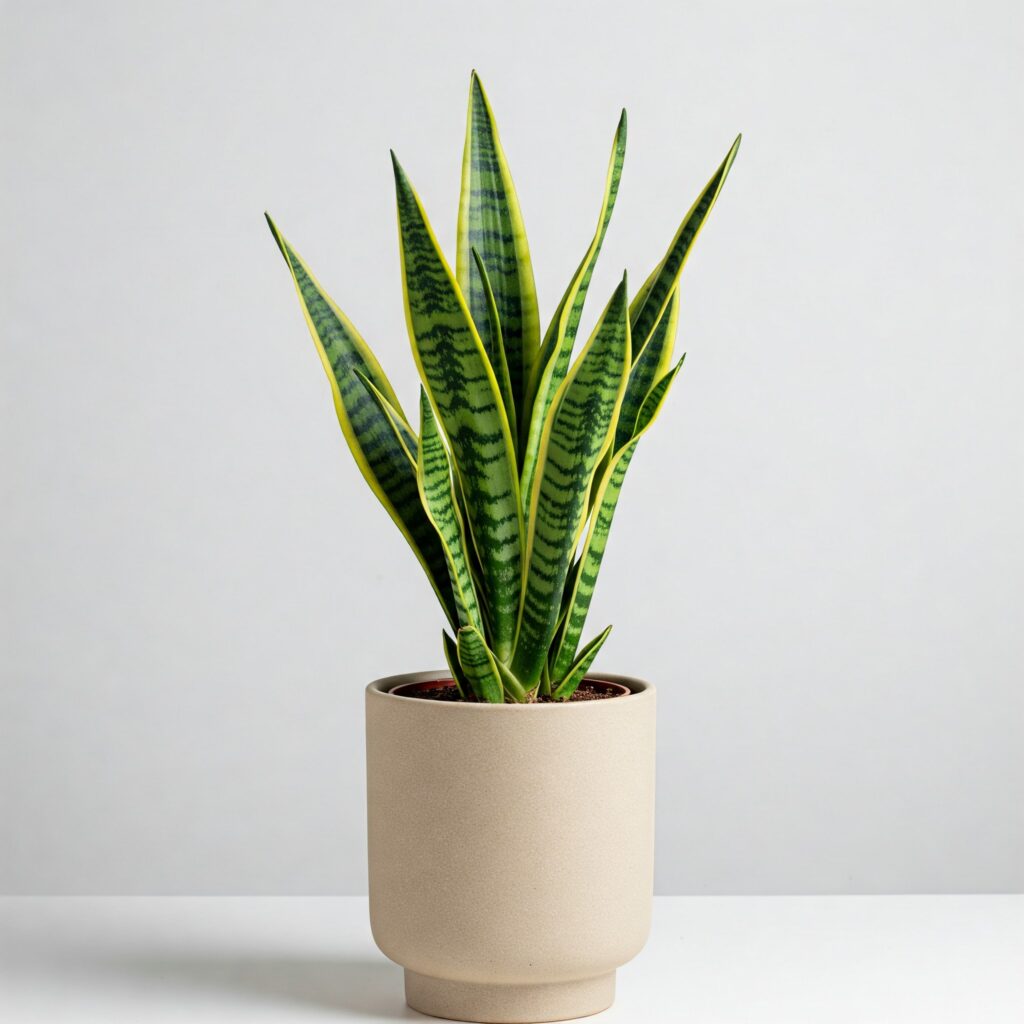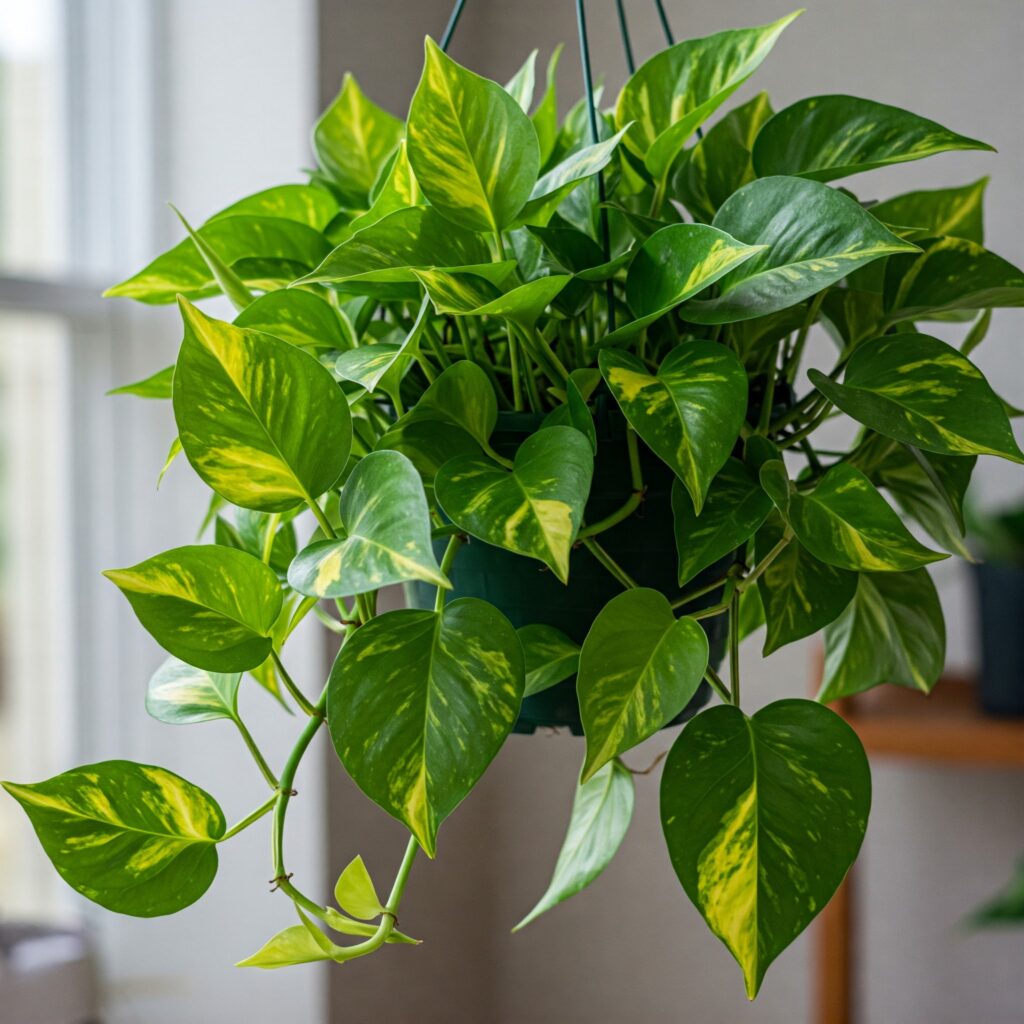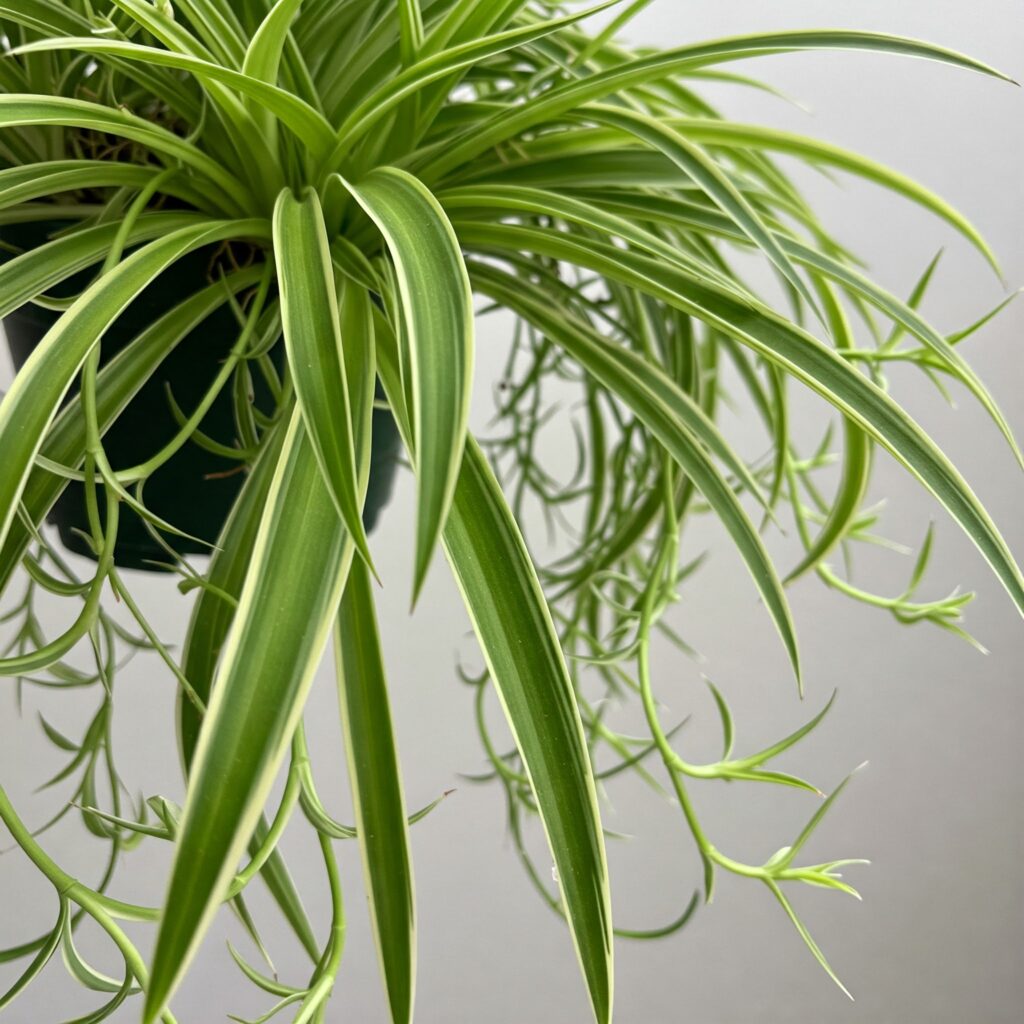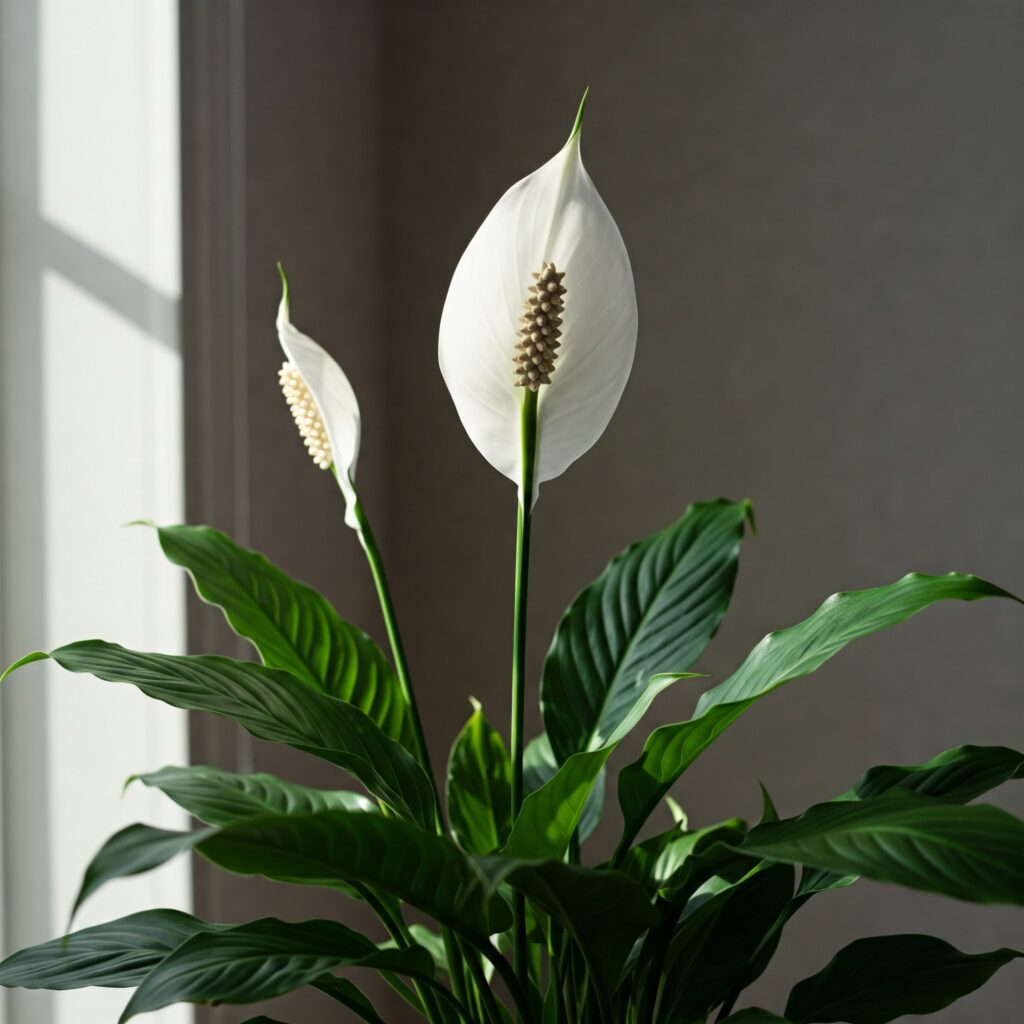If there is one word in this world that means happiness, it is Nature, which you can also bring inside your house. House plants not only help to beautify your home but also act as air purifiers, reduce stress and promote better health overall. Here, we have rounded up five of the best indoor plants that are easy to care for and perfect for any home, whether you’re a plant parent who has mastered the art of potting or just starting out.
1. Snake Plant (Sansevieria)
The Snake Plant, also known as “Mother-in-Law’s Tongue,” is a popular choice for indoor spaces due to its striking appearance and low-maintenance nature. Its tall, upright leaves with yellow edges add a modern touch to any room.
- Why it’s great: It thrives in low light and requires minimal watering, making it perfect for busy individuals or those new to plant care.
- Bonus benefit: The Snake Plant is known for its air-purifying qualities, removing toxins like formaldehyde and benzene from the air.

2. ZZ Plant (Zamioculcas zamiifolia)
The ZZ Plant is a hardy and resilient plant that can survive in almost any condition. Its glossy, dark green leaves add a lush, tropical vibe to your home.
Why it’s a great option: It tolerates low light and irregular watering, making it ideal for forgetful plant owners.
Bonus benefit: The ZZ Plant is highly resistant to pests and diseases, ensuring it stays healthy with minimal effort.

3. Pothos (Epipremnum aureum)
You know Pothos (famously known as “Devil’s Ivy”) is a highly adaptable and fast-growing plant, which is why it thrives in a hanging basket or trained climbing on the shelves and wall. Its arrow-shaped leaves can be green, yellow, and white.
Why it’s a great option: It handles a range of light well and can even flourish in low light. And you only need to water it dry soil.
Bonus benefit: Pothos is excellent for improving indoor air quality by removing pollutants like carbon monoxide and formaldehyde.

4. Spider Plant (Chlorophytum comosum)
The Spider Plant, with arching green and white striped leaves, is a classic indoor garden plant. One thing I particularly like about them is they develop tiny “spiderettes” that trail off the mother plant, which have a cool look to them.
Why it’s a great option: It’s relatively easy to grow and does well in indirect sunlight. It’s also non-toxic, meaning it’s safe for homes that have pets and children.
Bonus benefit: The Spider Plant is especially good at eliminating toxins such as xylene and toluene from the air.

5. Peace Lily (Spathiphyllum)
The Peace Lily is a beautiful flowering plant that adds elegance to any room with its dark green leaves and white blooms. It’s a great choice for those looking to add a touch of sophistication to their indoor space.
Why it’s a great option: It thrives in low to medium light and prefers consistently moist soil. It’s also relatively easy to care for.
Bonus benefit: The Peace Lily is known for its ability to improve indoor air quality by removing harmful toxins like ammonia, benzene, and formaldehyde.

Tips for Caring for Indoor Plants
- Light: Most indoor plants prefer indirect sunlight. Avoid placing them in direct sunlight, as it can scorch their leaves.
- Watering: Overwatering is a common mistake. Always check the soil moisture before watering and ensure proper drainage.
- Humidity: Some plants, like the Peace Lily, thrive in humid environments. Consider misting them occasionally or using a humidifier.
- Fertilizing: Feed your plants with a balanced fertilizer during the growing season (spring and summer) to keep them healthy and vibrant.
Conclusion
Adding indoor plants to your home is a simple yet impactful way to create a healthier and more inviting environment with design aesthetics. Whether you choose the hardy Snake Plant, the elegant Peace Lily, or the versatile Pothos, these five plants are sure to bring life and beauty to your living space. Start small, and soon you’ll find yourself surrounded by a thriving indoor garden that enhances both your home and your well-being. Happy planting!